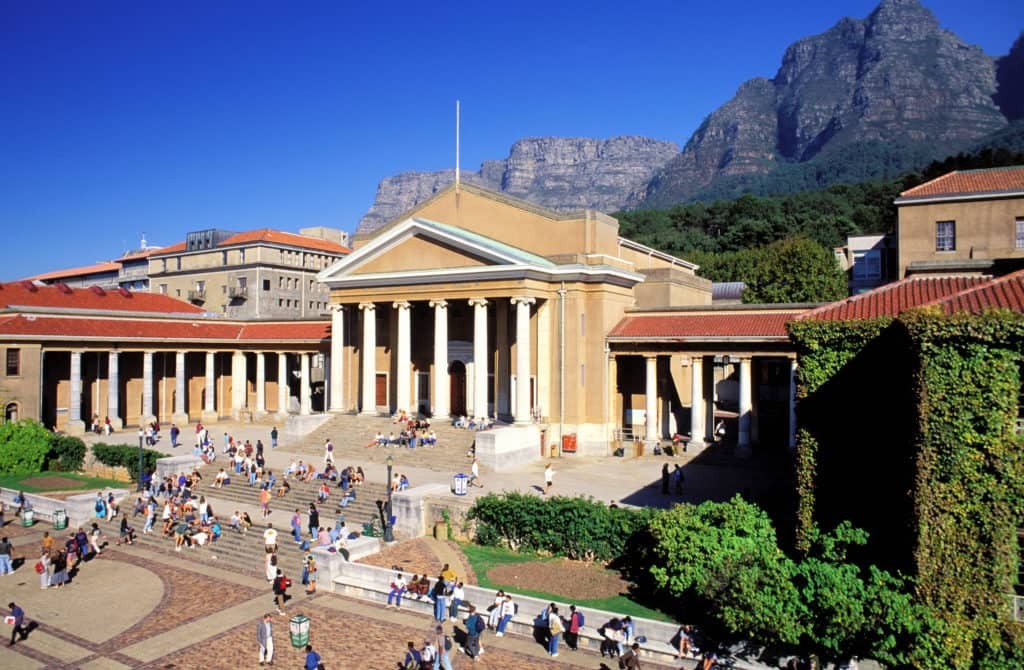What Are the Landlocked Countries In Africa
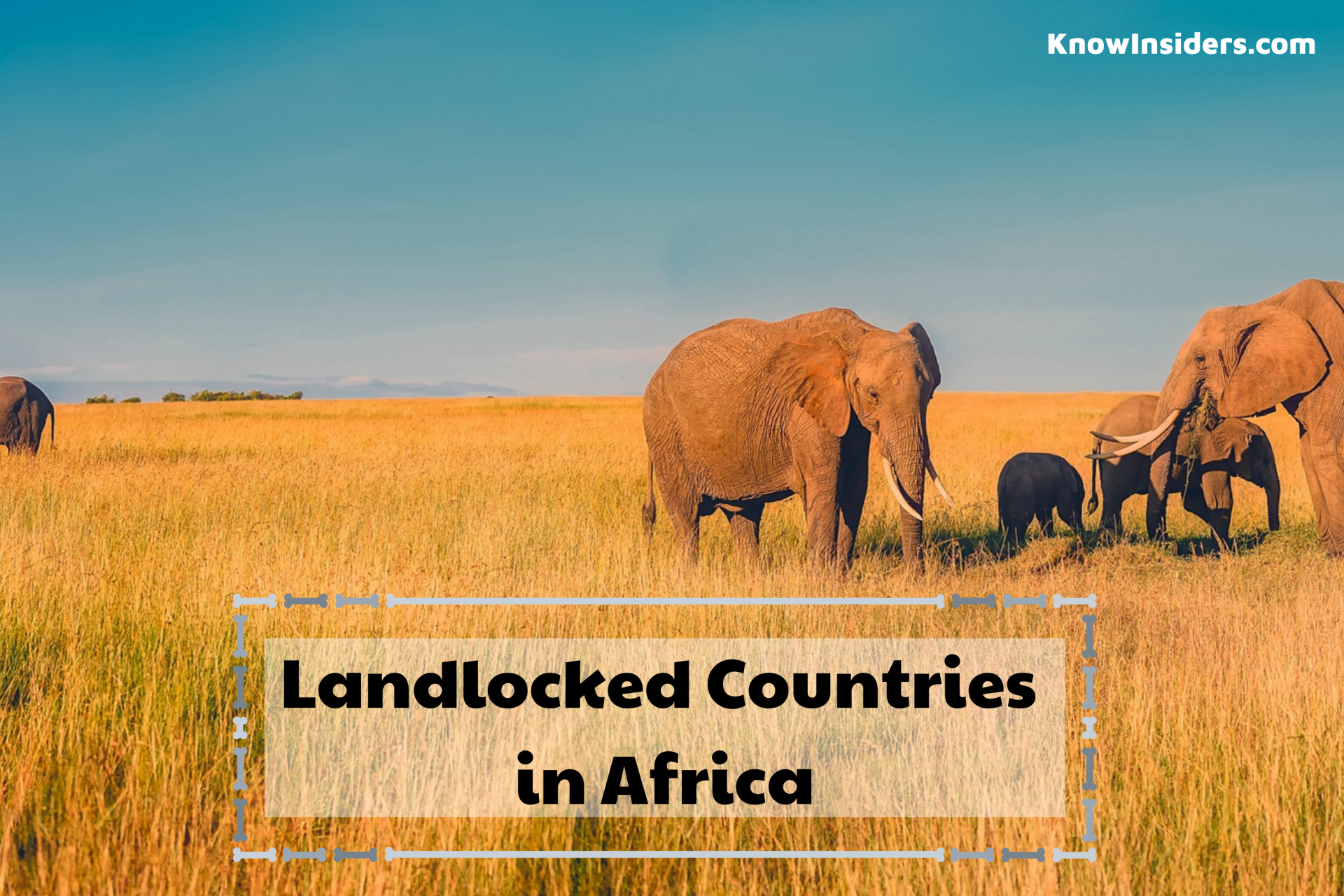 |
| Photo: KnowInsiders |
In other words, about a third of the continent is made up of countries that have no access to the ocean or sea.
Out of Africa’s 55 countries, 16 of them are landlocked: Botswana, Burkina Faso, Burundi, Central African Republic, Chad, Ethiopia, Lesotho, Malawi, Mali, Niger, Rwanda, South Sudan, Swaziland, Uganda, Zambia, and Zimbabwe. In other words, about a third of the continent is made up of countries that have no access to the ocean or sea.
The List of Landlocked Countries in Africa |
|---|
| Country | Area (km2) | Population | Surrounding countries | Count |
|---|---|---|---|---|
| Botswana | 582000 | 1990876 | Namibia, Zambia, Zimbabwe, South Africa | 4 |
| Burkina Faso | 274222 | 15746232 | Mali, Niger, Benin, Togo, Ghana, Ivory Coast | 6 |
| Burundi | 27834 | 10557259 | Rwanda, Tanzania, Democratic Republic of the Congo | 3 |
| Central African Republic | 622984 | 4422000 | Chad, Cameroon, Congo, Democratic Republic of the Congo, Sudan, South Sudan | 6 |
| Chad | 1284000 | 13670084 | Libya, Niger, Sudan, Democratic Republic of the Congo, Nigeria, Cameroon | 6 |
| Ethiopia | 1104300 | 101853268 | Djibouti, Eritrea, Kenya, Somalia, South Sudan, Sudan | 6 |
| Lesotho[d] | 30355 | 2067000 | South Africa | 1 |
| Malawi | 118484 | 15028757 | Zambia, Tanzania, Mozambique | 3 |
| Mali | 1240192 | 14517176 | Algeria, Niger, Burkina Faso, Ivory Coast, Guinea, Senegal, Mauritania | 7 |
| Niger | 1267000 | 15306252 | Libya, Chad, Nigeria, Benin, Burkina Faso, Mali, Algeria | 7 |
| South Sudan | 619745 | 8260490 | Sudan, Ethiopia, Kenya, Uganda, Democratic Republic of the Congo, Central African Republic | 6 |
| Swaziland | 17364 | 1185000 | Mozambique, South Africa | 2 |
| Uganda | 241038 | 40322768 | Kenya, South Sudan, Democratic Republic of the Congo, Rwanda, Tanzania | 5 |
| Zambia | 752612 | 12935000 | Democratic Republic of the Congo, Tanzania, Malawi, Mozambique, Zimbabwe, Botswana, Namibia, Angola | 8 |
| Zimbabwe | 390757 | 12521000 | South Africa, Botswana, Zambia, Mozambique | 4 |
| Rwanda | 26338 | 10746311 | Uganda, Tanzania, Burundi, Democratic Republic of the Congo | 4 |
Why Does Being Landlocked Matter?
 |
| Photo: World Atlas |
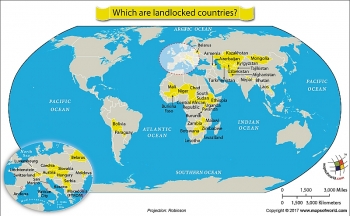 The List of More Than 40 Landlocked Countries in the World Today The List of More Than 40 Landlocked Countries in the World Today How many landlocked countries are there in the world? To those who want to learn more about this, just follow this piece of information. |
A country’s level of access to water can have an enormous effect on its economy. Being landlocked is more problematic for importing and exporting goods because it is much cheaper to transport products over water than overland. Land transport also takes longer. These factors make it more difficult for landlocked countries to participate in the global economy, and landlocked nations thus grow more slowly than countries that have water access.
Indeed, Africa’s landlocked countries are some of the poorest countries in the world. Like landlocked countries everywhere else, Africa’s landlocked countries must all depend on neighboring countries that have maritime borders for the transportation of goods, which can lead to delays, higher costs, and ultimately the stagnation of economies. Most of Africa’s landlocked countries are also poorly governed and plagued with violence.
| Problems landlocked countries in Africa are facing with: Stunted Growth Less Diverse Economies Poor Governance Civil Strife |
The Future Of Africa’s Landlocked Countries
While Africa’s landlocked countries face immense challenges, there are signs of progress. The brightest beacon of hope for the continent’s landlocked states may be Botswana. Unlike other landlocked countries in Africa, Botswana has managed to remain relatively free of violent civil strife. The country has also seen stable economic growth since it became independent in 1966.
One reason that Botswana has managed to remain relatively stable and prosperous may be the fact that, unlike Africa’s other landlocked countries, most of Botswana’s population belongs to one ethnic group, the Tswana. Two-thirds of Botswana’s population belongs to the Tswana ethnic group, which means that there is a much lesser chance of ethnic conflict in the country, even though there are ethnic minorities in Botswana. It is important to note, however, that a homogenous population is no guarantee of stability or prosperity. The landlocked states of Rwanda and Burundi also have ethnic majorities but are beset by conflict between the majority Hutu population and the minority Tutsis.
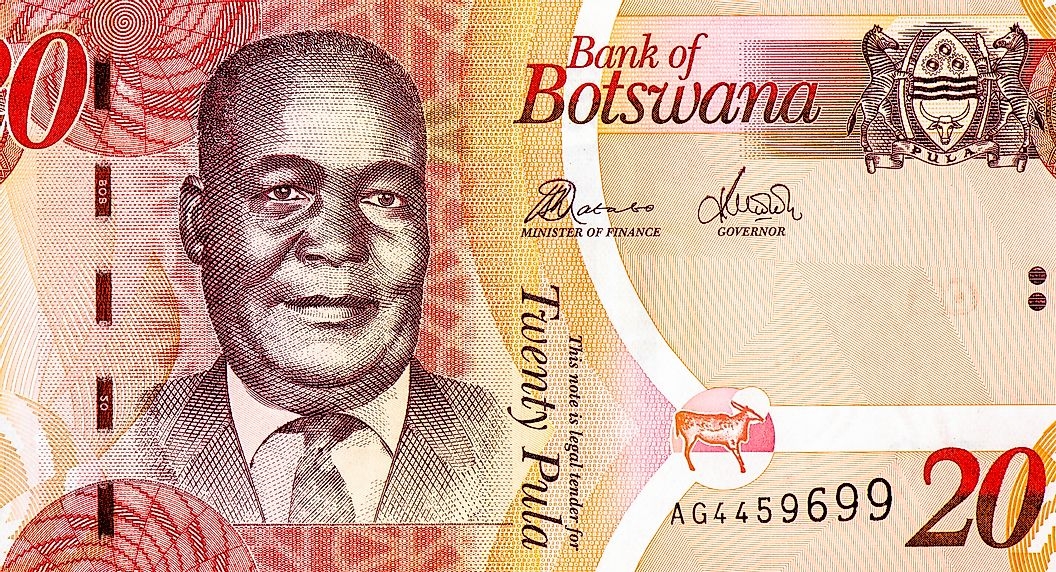 |
| A banknote from Botswana, a country with one of the strongest economies among the landlocked African nations. Photo: Shutterstock |
In addition, although Botswana has managed to maintain stability and economic growth, the country still faces some of the same problems that other landlocked countries in Africa must contend with. For example, Botswana’s economic growth is largely dependent on its main commodities, gold and diamonds. The country’s manufacturing sector is limited. Moreover, like landlocked countries in western Africa, Botswana has very little land suitable for cultivation.
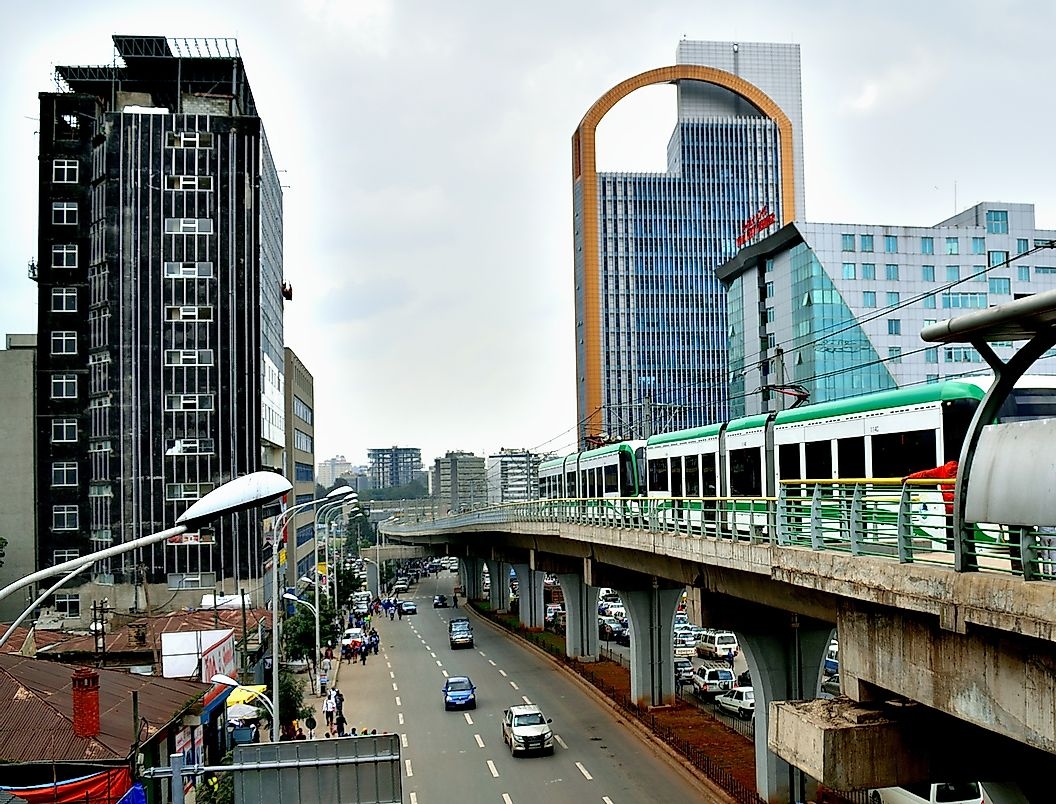 |
| Addis Ababa, Ethiopia. Photo: Shutterstock |
Fortunately, Botswana is not the only landlocked country in Africa where there are signs of progress. Before the COVID-19 pandemic, for example, Ethiopia had one of the continent’s fastest-growing economies. In a period spanning 2016 and 2017, foreign direct investment (FDI) in Africa’s most populous landlocked country soared 27.6%. In 2018, Ethiopia’s gross domestic product (GDP) was projected to grow 8.5%. In fact, Ethiopia has seen GDP growth of 10% per year over a 10-year period. The Ethiopian government has invested heavily in expanding the country’s industrial and manufacturing sectors, which most other landlocked African countries struggle to do. Some have suggested that in time, Ethiopia could become a major manufacturing hub due to the country’s low wages, thus following the same path that China has taken to achieve economic growth. Rapid economic growth over the past few years has also taken place in the landlocked countries of Uganda and Rwanda.
 |
| Members of the diaspora protests the war in the Tigray region of Ethiopia in front of the US embassy to demand they intervene in the conflict. Photo: Shutterstock |
But progress in the development of economies in landlocked countries remains tenuous. Although Ethiopia has recorded significant growth, for example, that growth is threatened by growing popular discontent and unrest in the country, which has descended into violence.
Recently, an armed rebellion in the Ethiopian province of Tigray has led to many deaths and many displaced from their homes. In addition, the rapidly-growing countries of Ethiopia, Uganda, and Rwanda all have to deal with government corruption, which generally plagues most developing countries. Hence, although Africa’s landlocked countries may have a brighter future, it will depend on how well these countries deal with their continuing challenges.
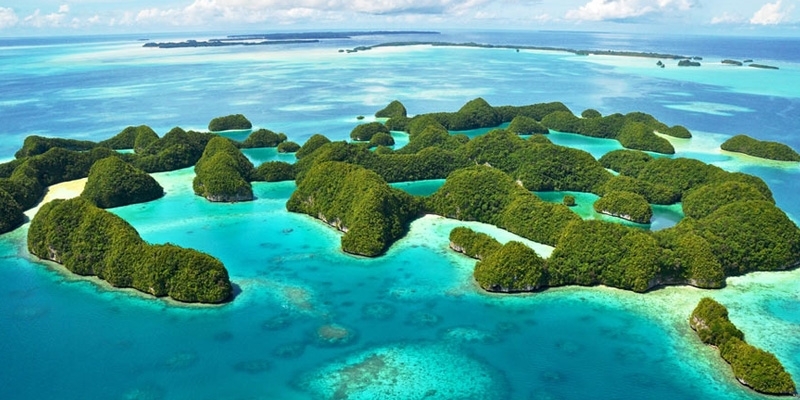 How Many Countries Are There In Oceania? How Many Countries Are There In Oceania? Do you know how many countries the Oceania has? What are the names of the countries? |
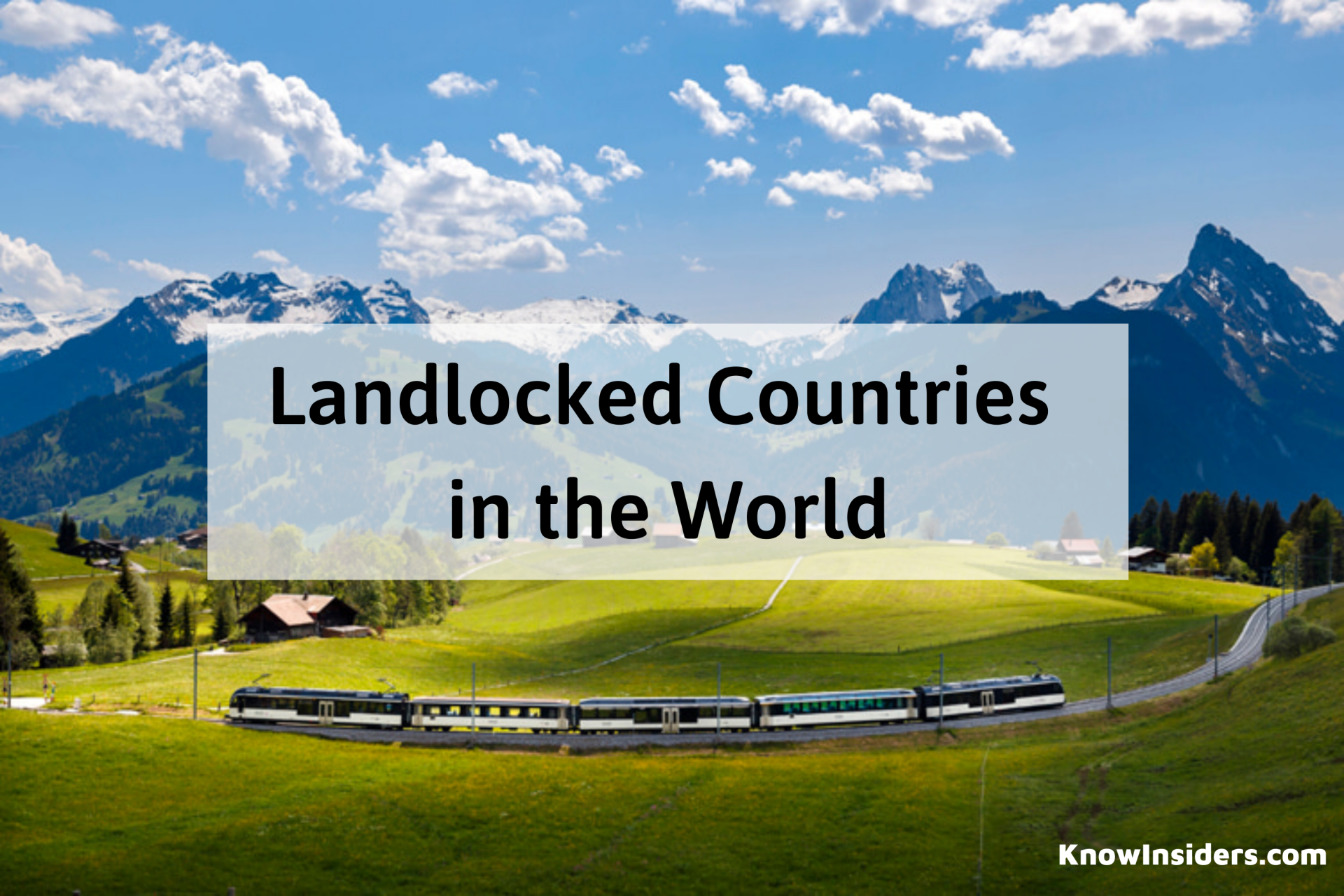 Facts About Landlocked Countries in The World Facts About Landlocked Countries in The World Landlocked countries have some very unique issues that they have to deal with. In this article, we're going to explore the definition of landlocked countries ... |
 List of more than 40 landlocked countries in the world! List of more than 40 landlocked countries in the world! What is a landlocked country? What do you know about this term? How many landlocked countries are there in the world? To those who want ... |


